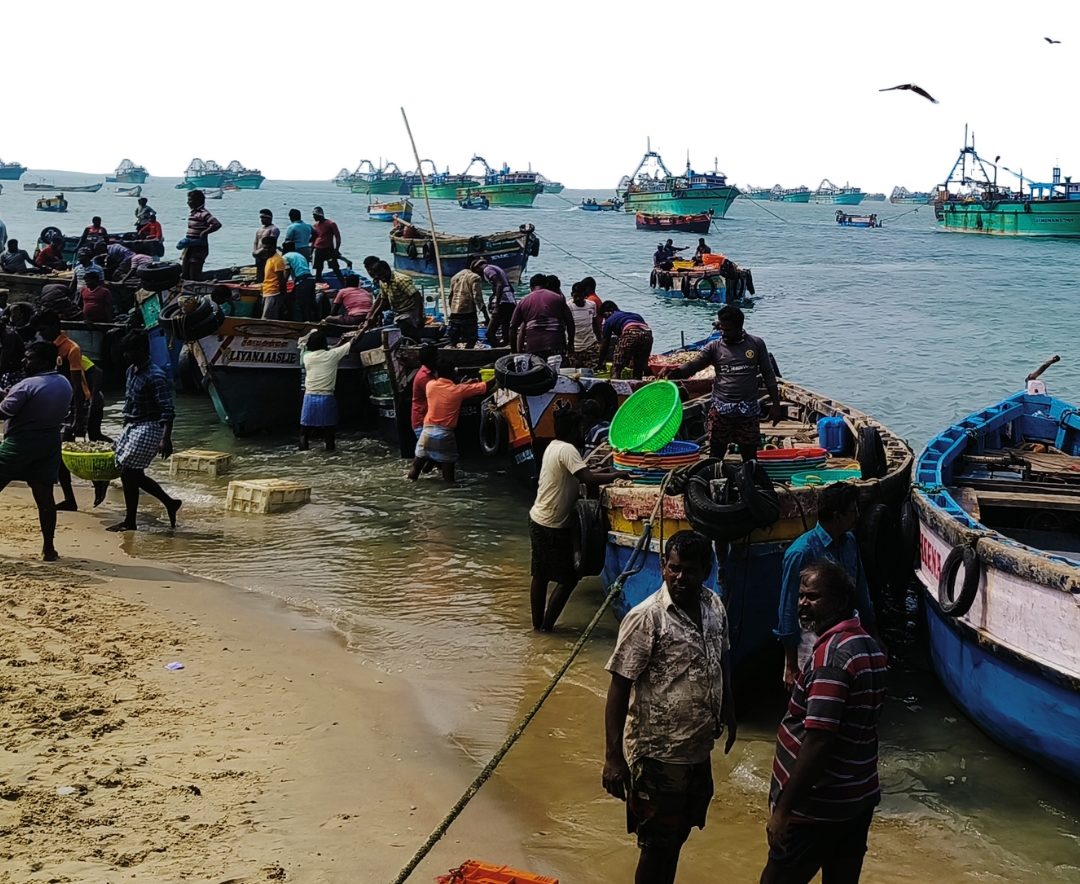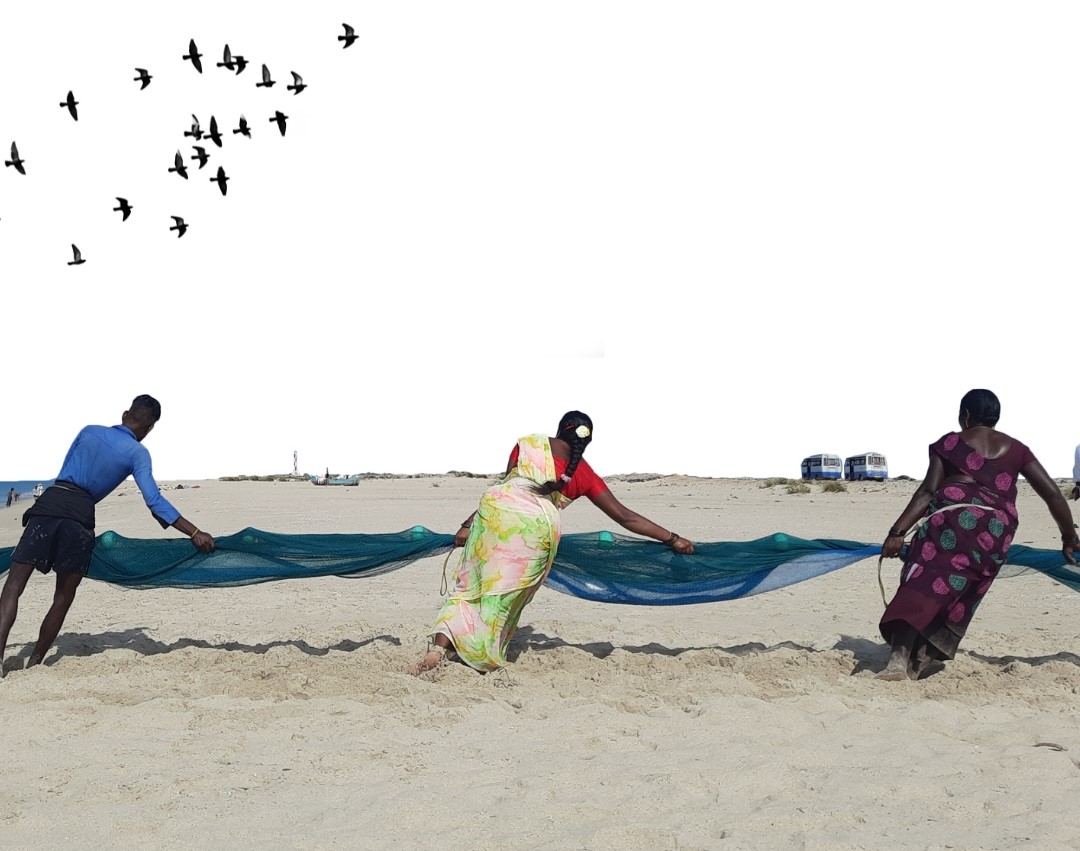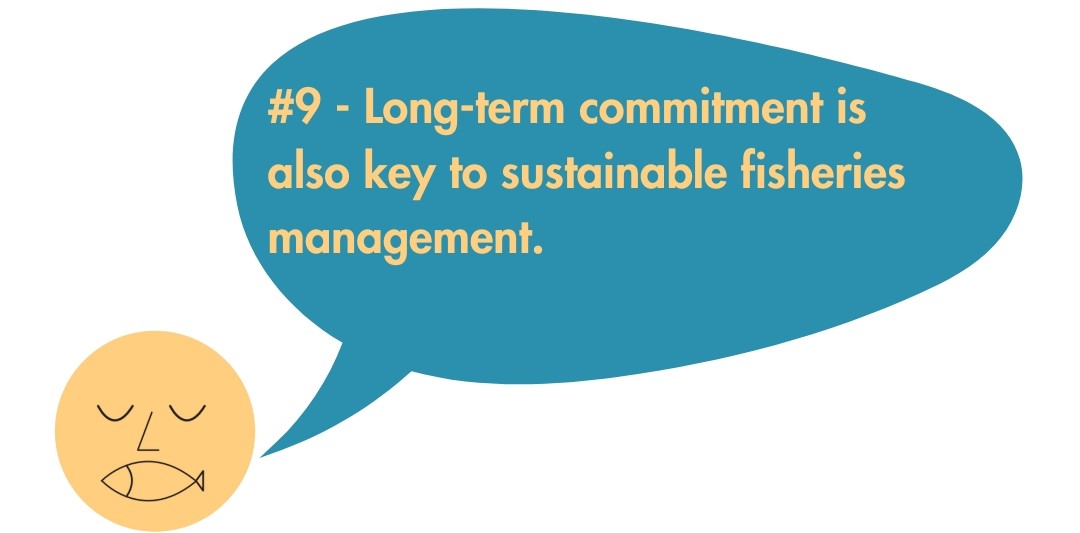
For over 16 years, we have worked shoulder-to-shoulder with fisherfolk and navigated the intricate webs of marine ecosystems and communities. Fisheries in India are as diverse as they are vital—providing livelihoods for millions, sustaining rich cultural traditions, and serving as a cornerstone of food security. Yet, they face immense challenges: dwindling resources, inequitable governance, and the mounting pressures of climate change.
To share what we have learnt through this journey, our Machi Man—the virtual mascot of Khane Ke Liye Bachao —brings you 9 key learnings from our on-ground work that hold the potential to shape a more sustainable and inclusive future for India’s fisheries and coasts.
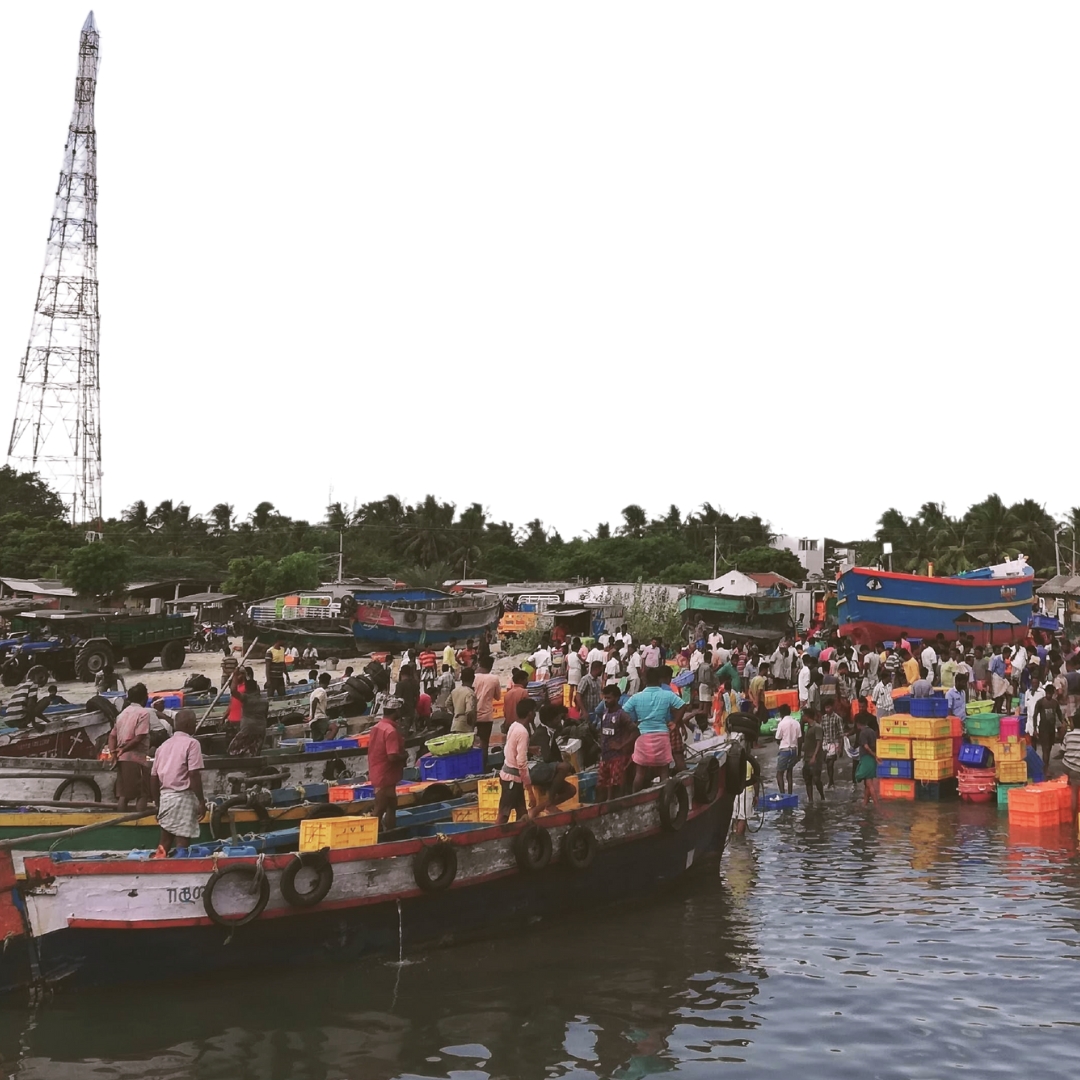
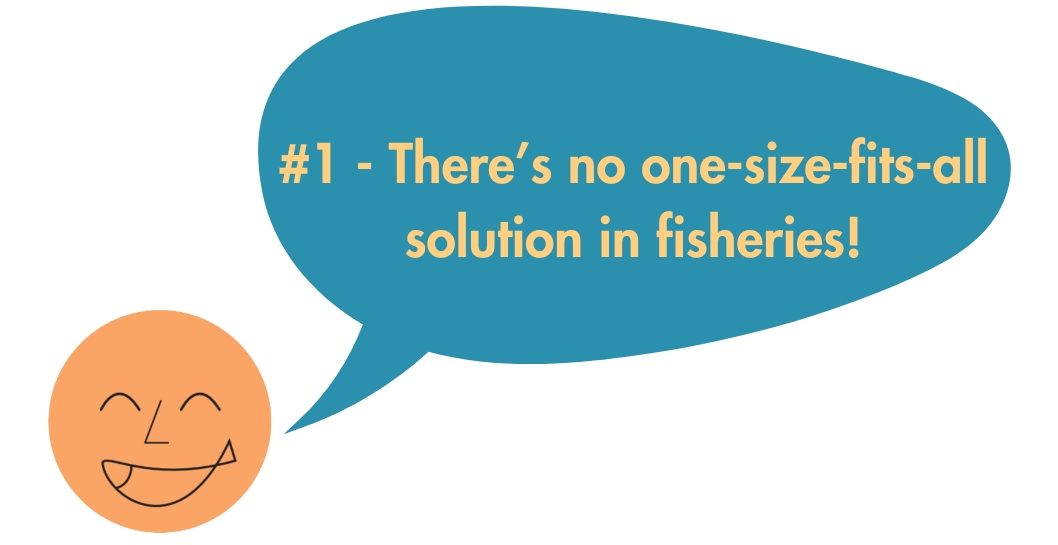
Why? Because the diversity is mind-boggling. From unique practices and technologies to an incredible variety of ecosystems and species, every coastline is a world of its own.
And the scale is staggering—imagine a fishing village every 3-4 km along India’s 7,500 km coastline! This diversity is further compounded by deep-rooted challenges: caste and religion-based exclusion, gender biases, and cultural barriers that vary from village to village.
But here’s the learning—while specific solutions may not transfer directly from one site to another, the underlying strategies can. By adapting them to local ground realities, we have found ways to tackle shared challenges across regions.
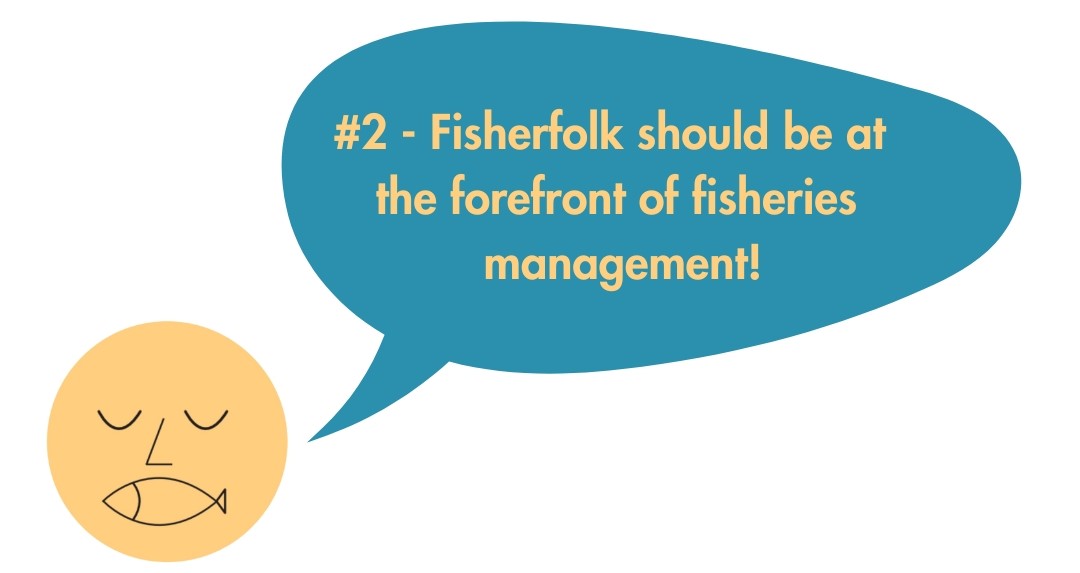
Contemporary, science-based approaches to managing marine fisheries have struggled to address the continuous decline of fisheries resources in India. The immense diversity, complexity, and spread of these fisheries, combined with limited resources, make it impossible for any single organisation to manage them effectively. This has taught us that a co-management approach is key.
Despite their deep knowledge of the sea and remarkable skills, fisher communities are often excluded from decisions about fisheries management. This exclusion not only overlooks their invaluable expertise but also misses opportunities to develop more sustainable solutions.
Our approach focuses on proactively involving local communities in fisheries management while collaborating closely with formal resource managers. Co-created models like these encourage community participation, adapt management strategies to local contexts, and hold the potential to restore fisheries along India’s coastlines.
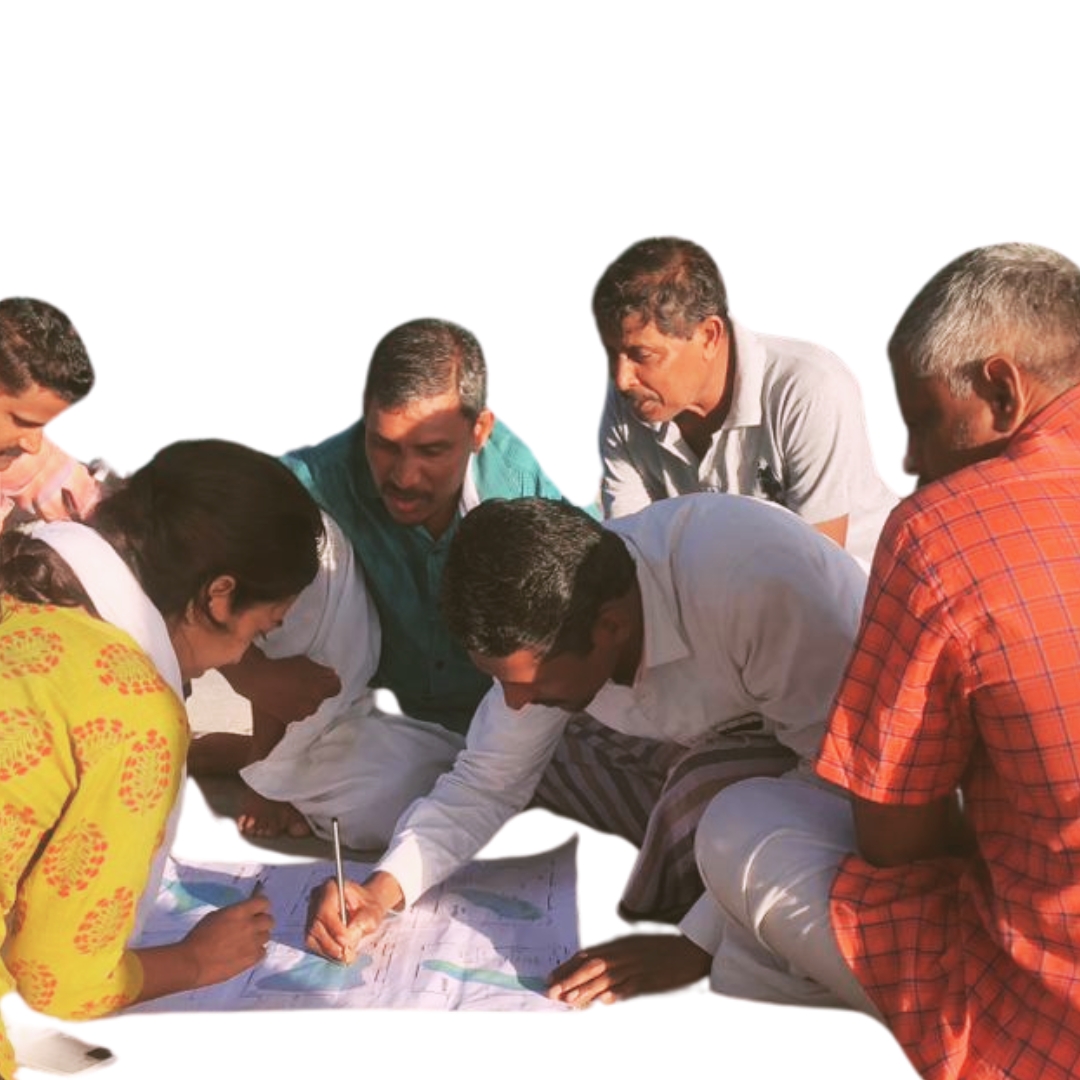
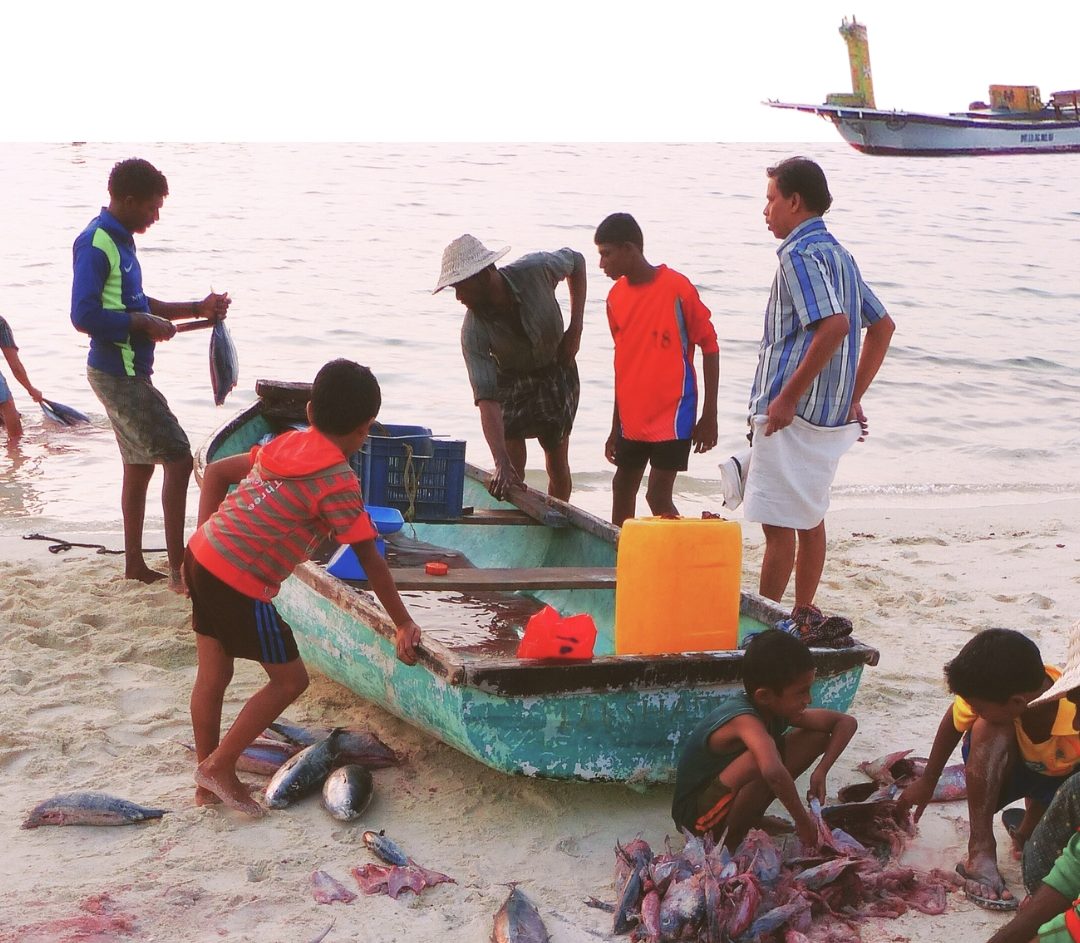
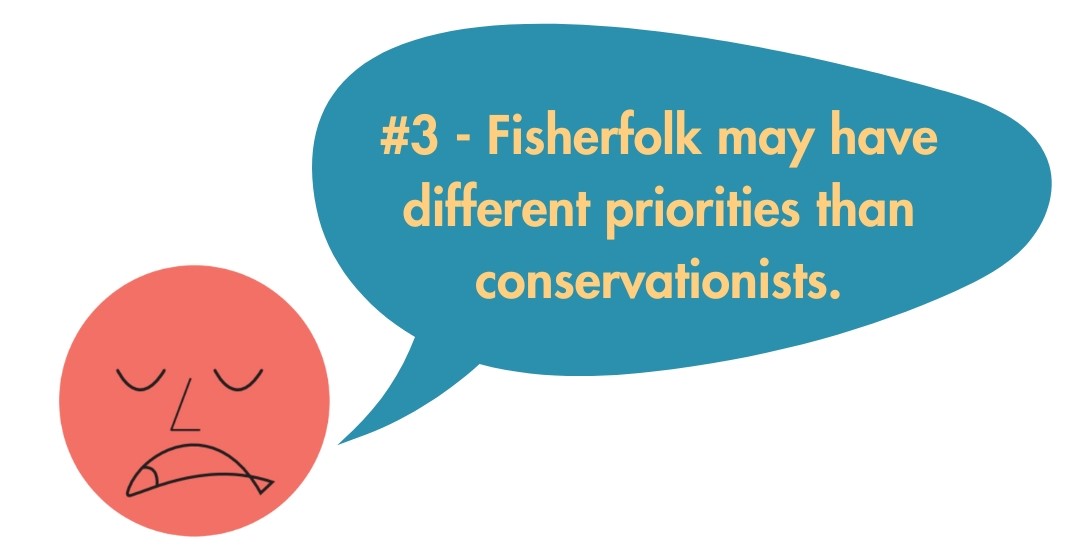
Conservation and livelihood often sit at a crossroads. Local communities may have to prioritise immediate income over long-term sustainability. For example, fishing is more than just a job—it’s a way of life, deeply tied to family roles, cultural traditions, and survival.
While conservationists may focus on the ecological importance of protecting a marine habitat, fisherfolk see that same habitat as essential for their daily catch. we have learnt that these perceived barriers can instead become entry points for dialogue. By listening, identifying shared priorities, and framing conservation as a win-win rather than a trade-off, strong partnerships with stakeholders can be built.
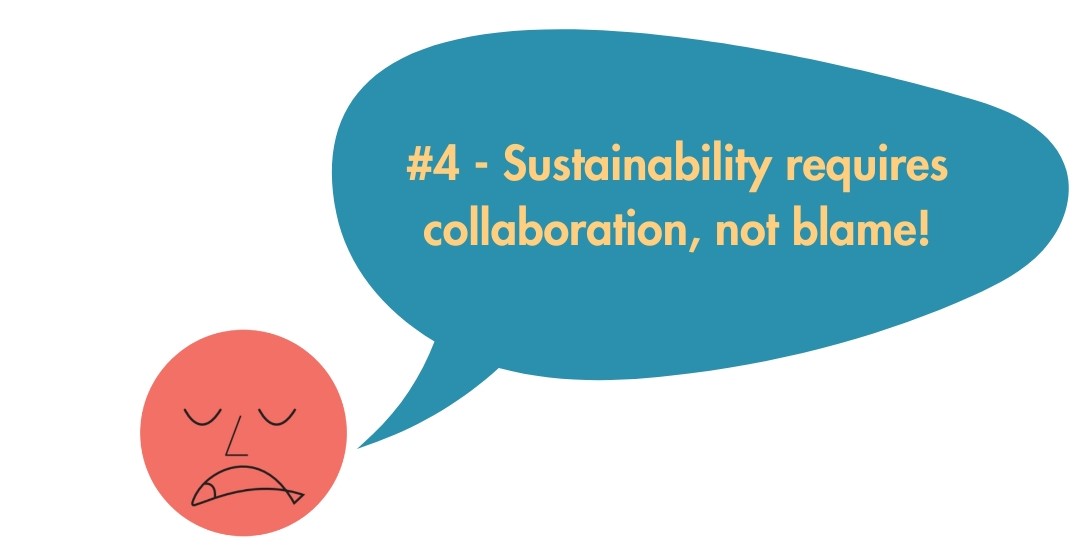
It’s easy to point fingers when tackling the challenges in Indian fisheries—blaming destructive fishing methods, fishers, authorities, or consumers. But we have learnt that blame alone does little to solve these issues.
Instead, understanding the factors that lead to unsustainable practices helps identify opportunities for meaningful intervention. Working with fisheries stakeholders, rather than against them, has proven to be the most effective way to drive practical and achievable solutions. Sustainability can only be achieved when responsibility is equitably shared across the entire seafood system, ensuring all actors, from fishers to consumers, contribute to making supply chains sustainable from sea to plate.
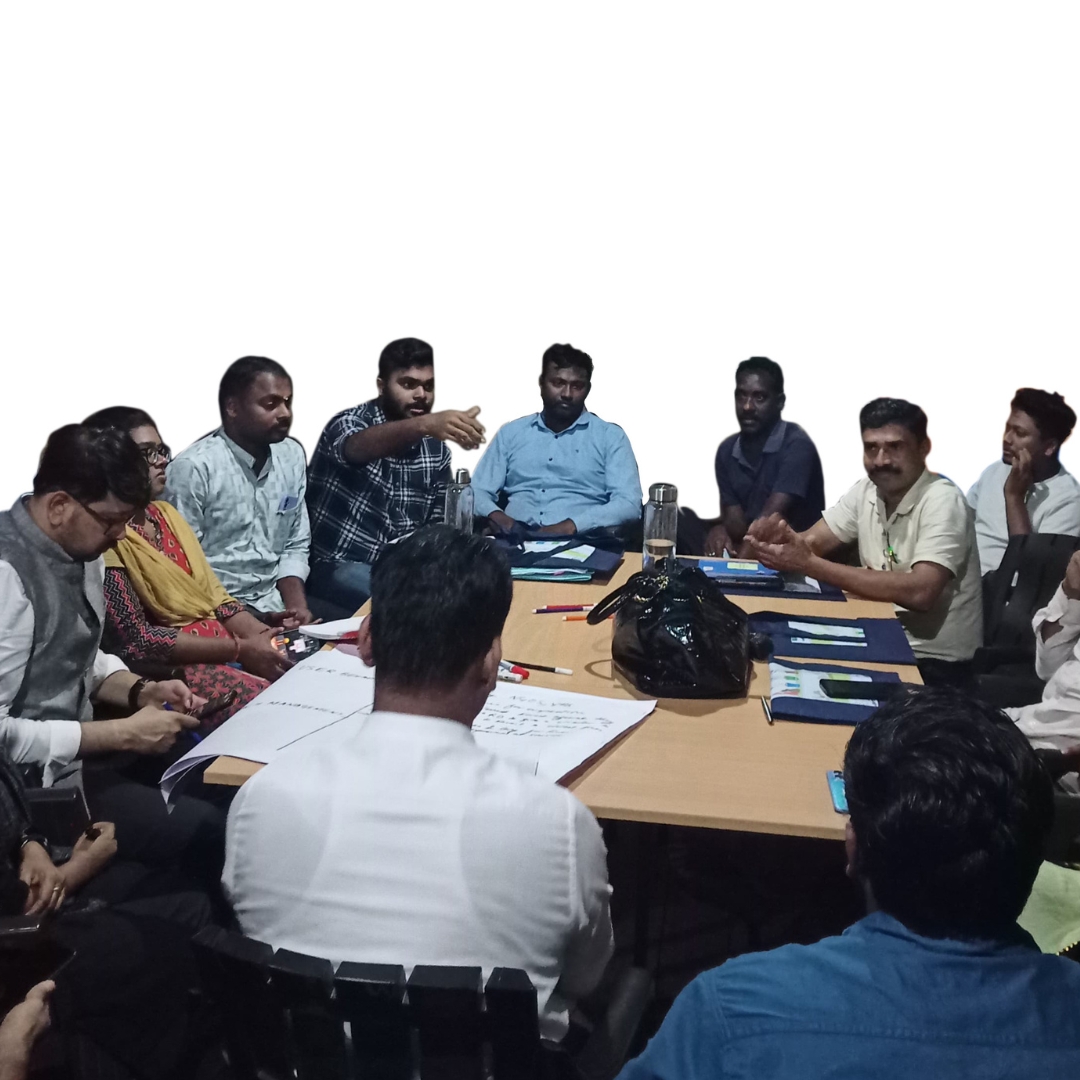
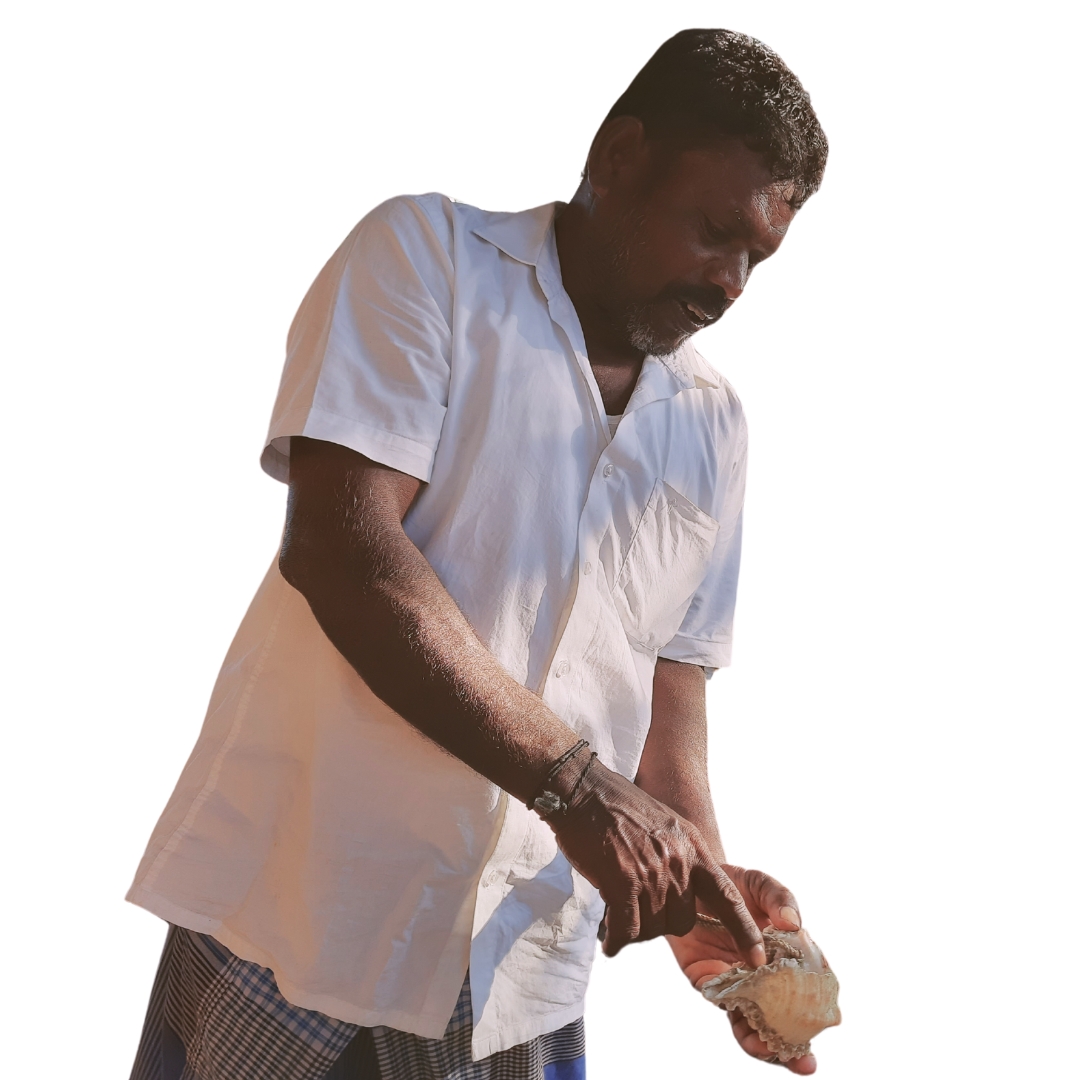
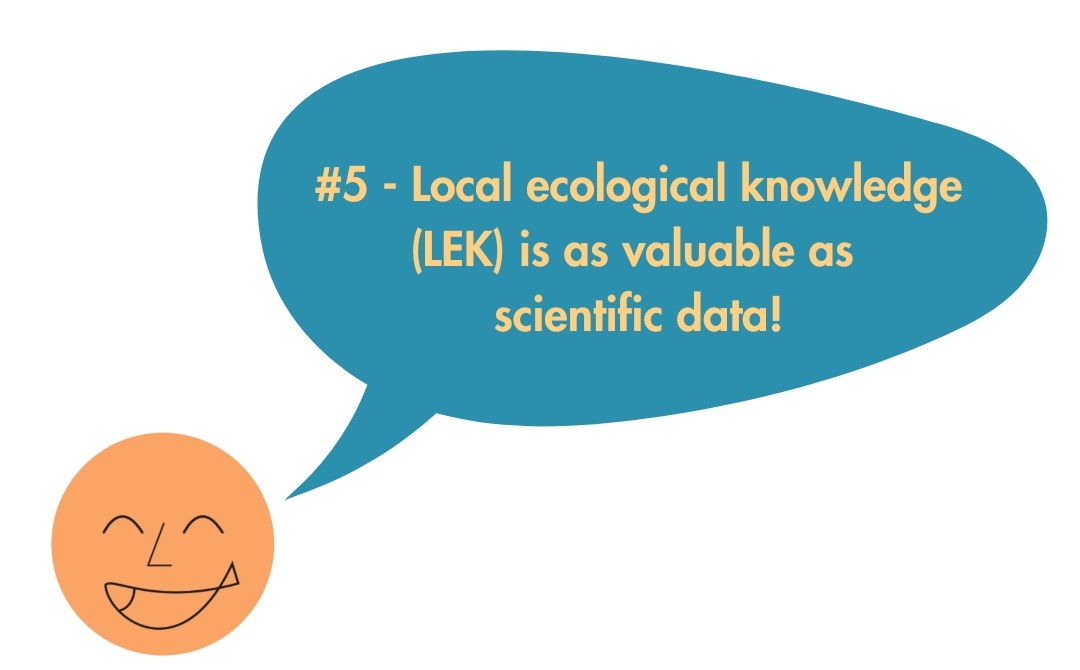
Generations of living alongside forests, rivers, oceans, and coasts have deeply tied resident communities to their ecosystems, where livelihoods and sustenance are closely connected. This relationship has also made them custodians of invaluable ecological knowledge.
We value this Local Ecological Knowledge (LEK) as a guide for sustainable change, leading to inclusive pathways and practical solutions. After all, those who call these ecosystems home understand them best.

Across India’s coast, women play an indispensable role in fisheries, juggling multiple responsibilities that sustain their families and communities. From bustling auction sites to scorching fish-drying yards, their immense contributions often go unrecognised.
Despite their vital role, women in fisheries face significant inequities, including limited access to subsidies, resources, and representation in decision-making. This underscores the need for targeted support—financial, technical, and social.
The first step towards meaningful change is mapping their roles and informing equitable policies that recognise women as integral stakeholders, while highlighting both their contributions and the barriers they face.
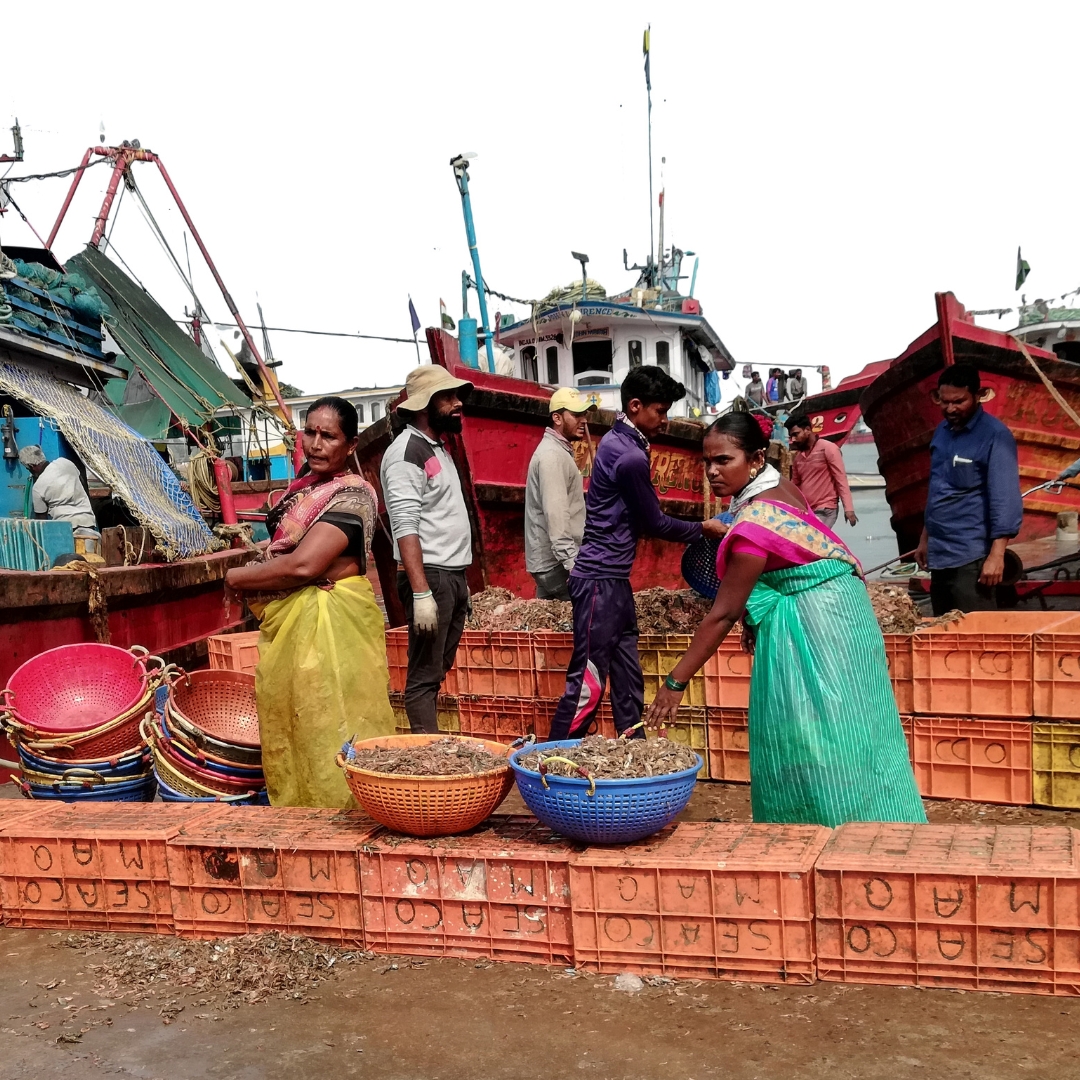
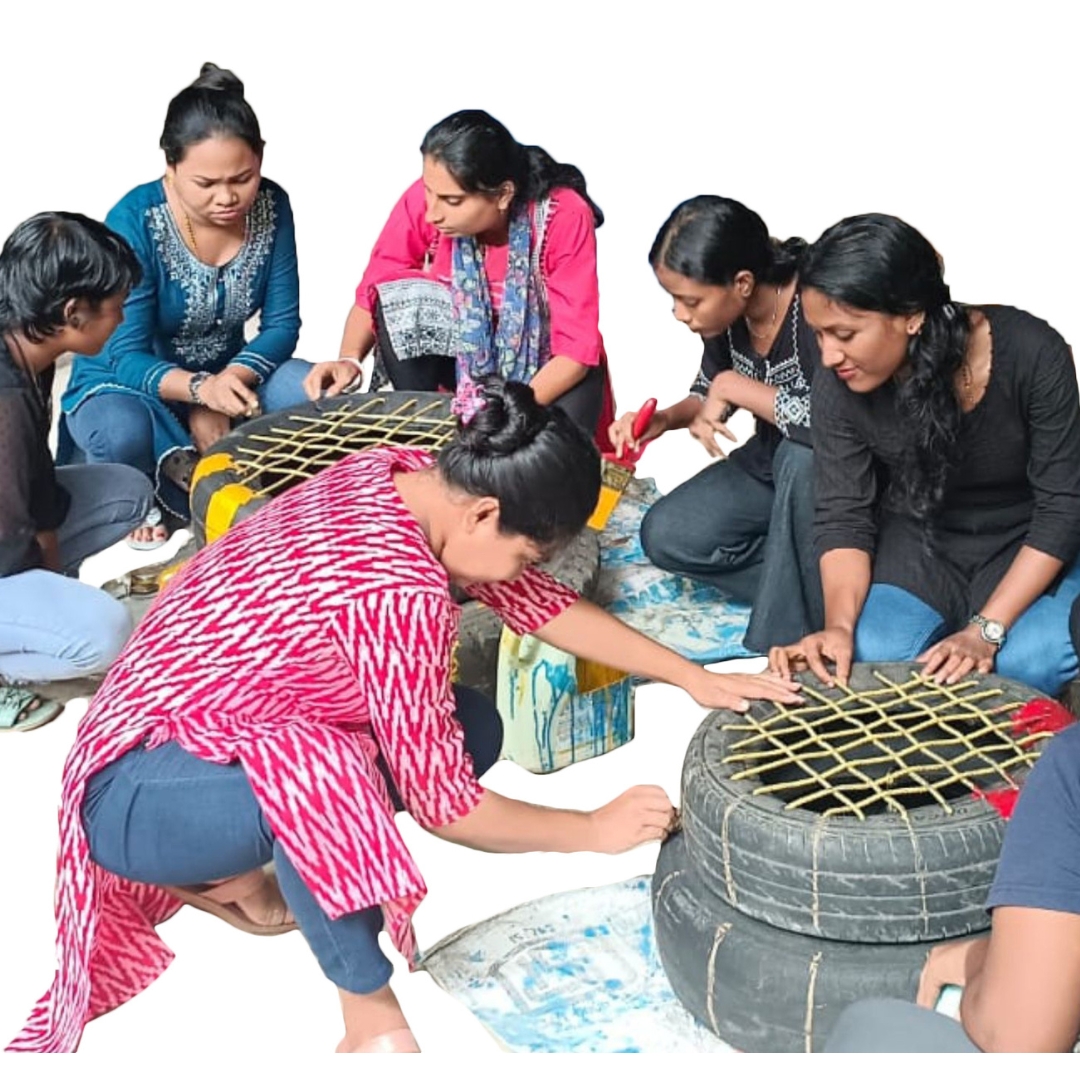
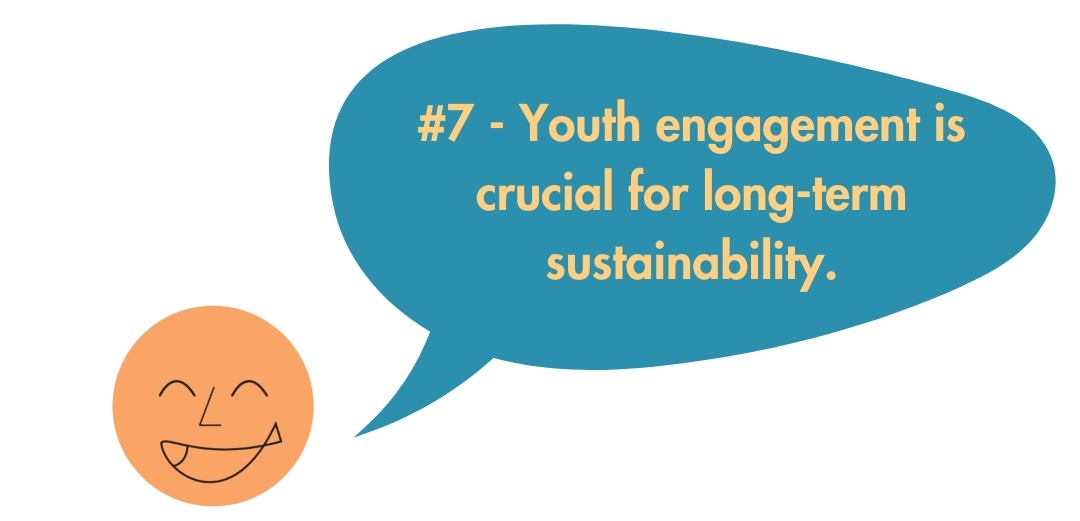
We have learnt that engaging young people is crucial for long-term environmental impact. In the Andaman Islands, our Youth Ambassador (YA) programme equips young islanders with the skills and knowledge to lead initiatives in waste management, sustainable menstruation, and clean-up drives. These young changemakers not only take immediate action but also inspire their communities to adopt eco-friendly practices. By building their capacity, we hope to nurture a generation that embraces sustainability and contributes to a better future for all.
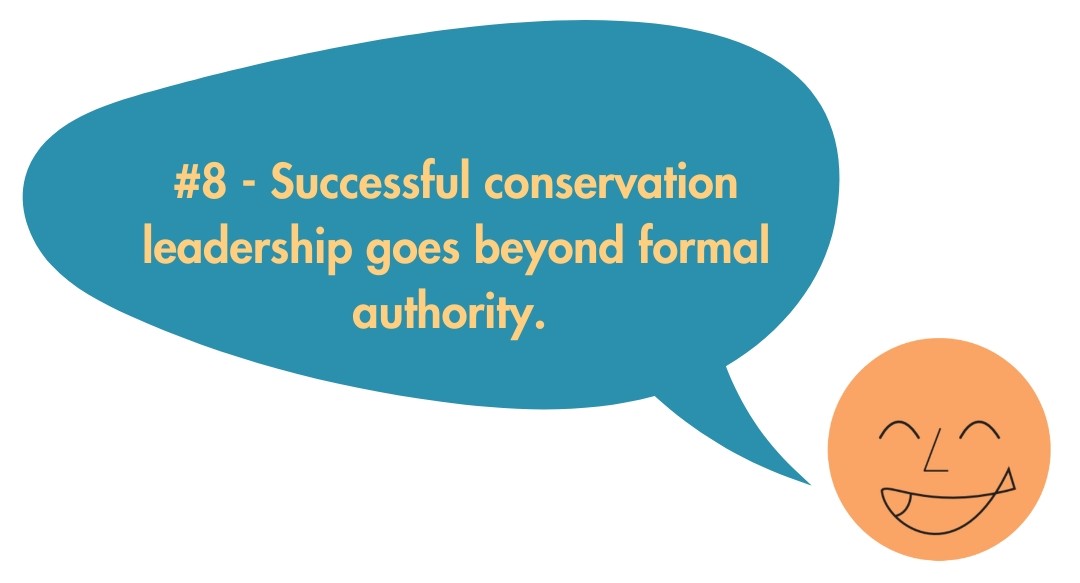
Effective leadership isn’t just about holding formal positions of power. True leadership is rooted in the ability of communities to exercise agency and actively participate in environmental decision-making in their daily lives. Empowering communities to lead ensures that conservation efforts are inclusive, grounded, and more likely to succeed.
